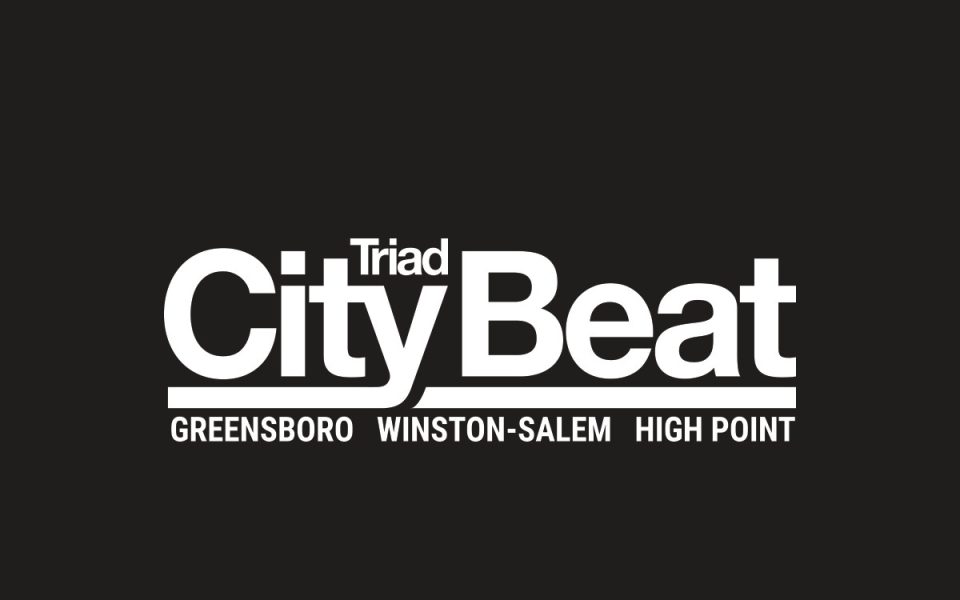The science of teenage behavior is difficult to pin down.
Friday, June 13 was the last day of classes in the two major public-school districts in the Triad. Thus begins an annual ritual for downtown Greensboro and downtown Winston-Salem: weekend gatherings of young people, often unsupervised and frequently bored. Usually, everything works out fine, but sometimes circumstances conspire to produce a distressing phenomenon known as the “large-scale fight.”
In Greensboro, the police have banded together with a church group to try to prevent an incident like what happened last June, when some fights broke out near Center City Park within a group of upwards of 300 young people. Police responded with pepper spray to disperse the crowd, and the city council called an emergency meeting to impose a temporary curfew.
This year Deputy Chief James Hinson, who supervises the Greensboro Police Department’s patrol division, called Joe Frierson, the young-adult pastor at Mt. Zion Baptist Church, and asked him to bring parishioners to engage with young people on weekends. The previous summer, after the night of trouble, Frierson had participated in an effort involving a handful of churches to provide transportation to young people to safe spaces where the curfew was not in force.
They gathered at 9:15 p.m. on Friday for a briefing in a meeting room on the first floor of the new police headquarters at Federal Place. Hinson addressed three members of the downtown bike patrol; Ed Cobbler, a retired Greensboro police officer who works as a private investigator; and a handful of men from Mt. Zion Baptist Church, including a firefighter who works for the Chapel Hill Fire Department. Hinson told the group his goal is to prevent another curfew by proactively engaging with young people in a positive manner to send the message that they should have fun while acting responsibly.
Meanwhile, something like what the police and churchmen were trying to head off in Greensboro had already transpired about an hour earlier in Winston-Salem.
Winston-Salem police reported that a large number of juveniles began to gather around West Fourth Street between Cherry and Marshall streets at about 8 p.m. The crowd migrated to Winston Square Park, where fights were reported. Police used pepper spray to break up the fights and disperse the crowd, estimated by police at 300 people.
Police arrested a 16-year-old girl and a 19-year-old man, charging both with disorderly conduct and resisting arrest. They took four juveniles into custody and later released them to the custody of their parents. The incident resulted in traffic congestion as young people began running through downtown, but police reported no injuries.
In Greensboro that night, as the police officers and churchmen fanned out along the length of South Elm Street, bike patrol Officer Kirk Stafford predicted that the weekend gatherings of young people would gradually swell as the July 4 holiday approaches. He thought the numbers might be light on this particular night because of graduation parties. Later, a citizen told him that a lock-in at a recreation center was underway — a possible explanation for the light turnout.
“You can kind of see it,” Stafford said. “They start grouping up, and they walk around and then circle back to meet each other. When they start chanting at each other you know it’s time to call in back-up.”
Clifford Perry, 42, was sitting on a bench in Center City Park with a friend when Deputy Chief Hinson strolled by.
“How’re you doing?” Hinson said in greeting.
“I like the police,” Perry said. “I’m trying to tell my son: ‘The police are not your enemy. If you run from them, they’re going to wonder what’s in your backpack, or in your head.’”
The deputy chief reciprocated the gesture of understanding.
“I tell the officers: ‘When we approach citizens, young people especially, sometimes we forget about how we need to approach them,’” he said. “‘We need to approach them with respect and professionalism.’ I tell them: ‘If we do that we have an increased opportunity to have a good outcome.’”
The mood was light and friendly as Hinson and the church volunteers strolled through the park, stopping for brief conversations. A trio of young women chatted at a park bench. Two young boys with an interest in martial arts gave high fives to one of the churchmen as their parents relaxed several yards away near the fountains. Later, the volunteers handed a flier to a couple crossing Elm Street with their teenage son.
From across the street, Hinson spotted a group of rambunctious young men at Market at Elm.
“See them? I guarantee they’re too young to get into a club,” he said. “Hopefully, someone from our group will get to them.”
As 11 p.m. approached the young faces on the strip seemed to grow. In their late teens and early twenties, it was hard to tell if they were old enough to drink legally.
A quintet of African-American girls dressed in tight skirts and wobbling on heels headed towards Inferno. Hinson greeted them and thrust fliers in their hands.
“You all be safe,” he said.
Later, he reflected, “It might not seem like much, but sometimes that little bit of contact might make all the difference. That might be what keeps that person from getting in an altercation. You can never tell what good you may do.”
Join the First Amendment Society, a membership that goes directly to funding TCB‘s newsroom.
We believe that reporting can save the world.
The TCB First Amendment Society recognizes the vital role of a free, unfettered press with a bundling of local experiences designed to build community, and unique engagements with our newsroom that will help you understand, and shape, local journalism’s critical role in uplifting the people in our cities.
All revenue goes directly into the newsroom as reporters’ salaries and freelance commissions.



Leave a Reply